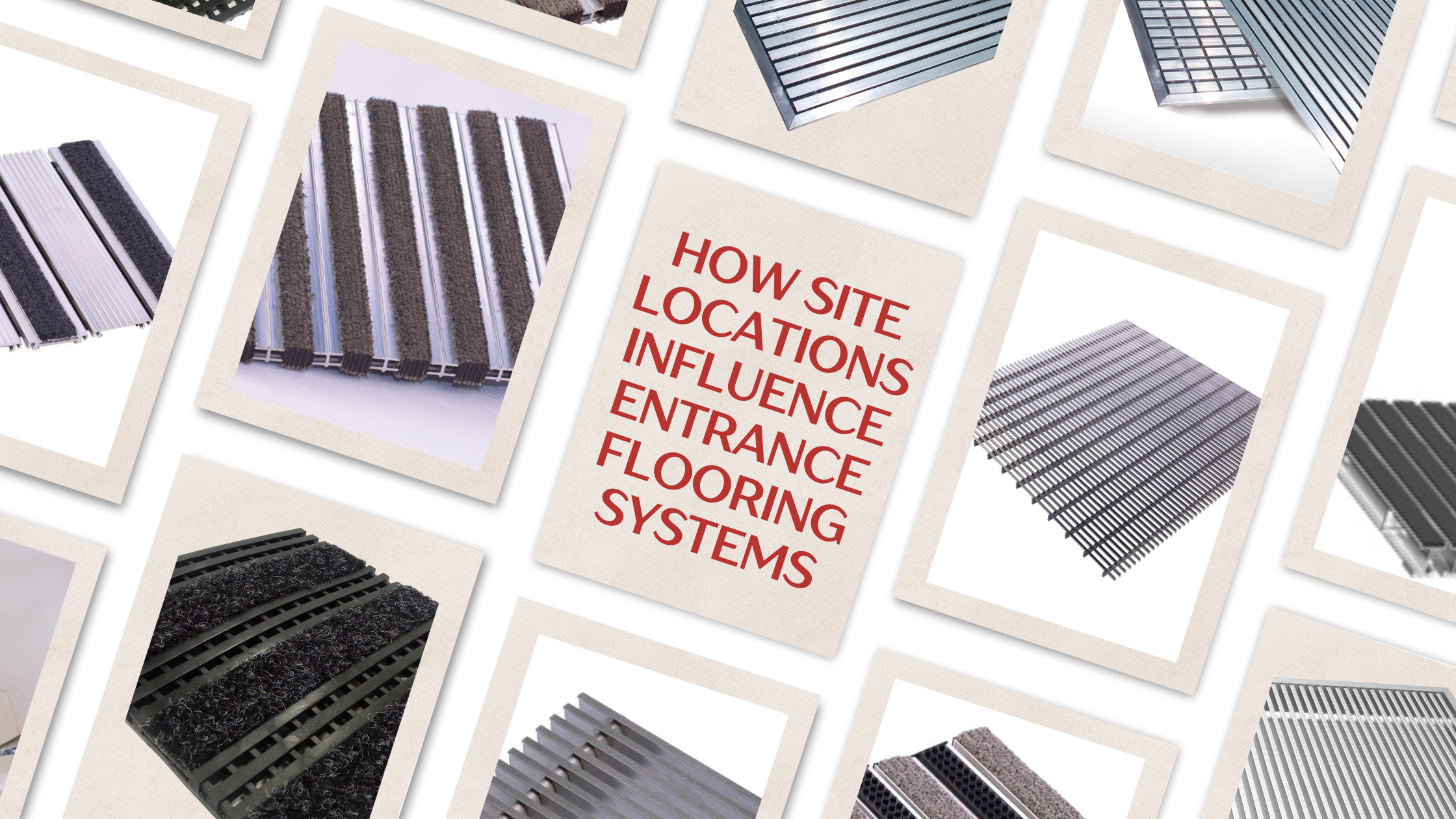The Future of Building Products
How Nystrom Plans to Stay Ahead of the Curve
The building products industry is on the cusp of significant transformation, driven by technological advancements, sustainability demands, and evolving construction practices. As we look to the future, it’s clear that innovation will be the key to staying competitive. Nystrom is poised to lead the way with forward-thinking strategies and cutting-edge developments. Here’s a glimpse into the future of building products and how Nystrom plans to stay ahead of the curve.






.png)



.png)